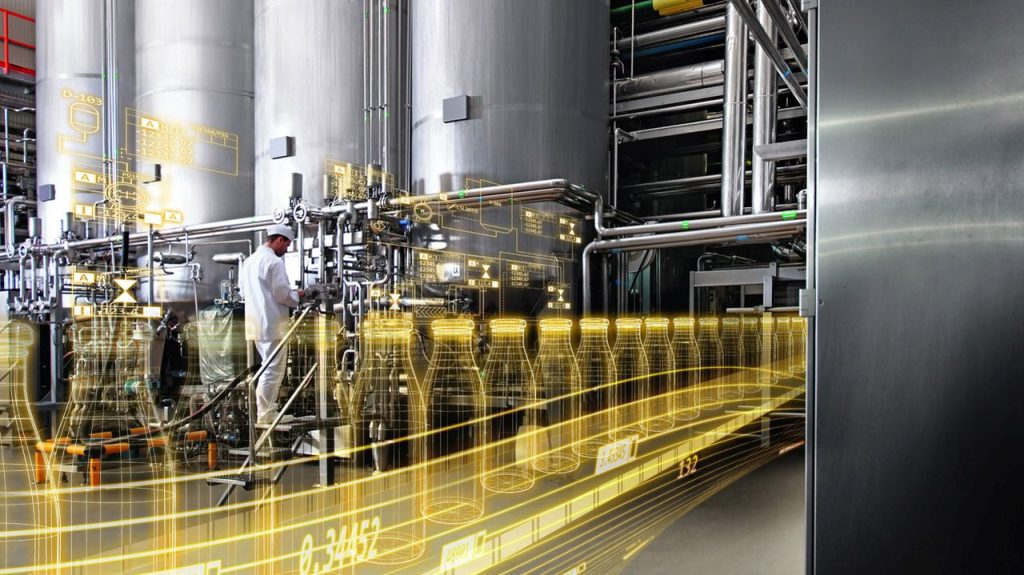The Progress of Superfine Pulverization Technology in Modern Food Processing

Superfine Grinding (SG) technology, as a new technology developed rapidly in the past 20 years, is a deep processing technology that combines mechanical mechanics and fluid mechanics, overcomes the internal cohesion of objects, and crushes materials into micron or even nanometer powders. Ultrafine pulverization treatment can make the material particle size reach 10 μm or even nanometer level. Since the powder structure and specific surface area are greatly changed compared with ordinary particles, the ultrafine pulverization particles have special properties that ordinary particles do not have, and with the modern equipment With the development of science, superfine pulverization technology has made major breakthroughs in many fields such as food and pharmaceuticals, especially in the extraction of Chinese herbal medicines, the development of functional foods, and the utilization of waste resources.
According to the particle size of processed finished powder, ultrafine pulverization technology can be mainly divided into: micron pulverization (1 μm ~ 100 μm), submicron pulverization (0.1 μm ~ 1.0 μm) and nano pulverization (1 nm ~ 100 μm). The preparation of micron powder generally adopts physical pulverization method; the preparation of submicron and below particle size powder adopts chemical synthesis method. The chemical synthesis method has the disadvantages of low output and high operation requirements, which makes the physical pulverization method more popular in the modern processing industry.
1. Extraction of natural active ingredients of precious Chinese herbal medicine
The demand for precious medicinal materials is high due to their remarkable medicinal effects, and wild resources are almost exhausted. Now they rely on artificial planting for supply, but the market is still in short supply, resulting in high prices. Therefore, it is necessary to make full use of precious Chinese herbal medicines and improve their processing technology.
Researchers generally use methods such as microscopic identification and physical property testing to perform characterization and physical property testing of ordinary Chinese herbal medicine powder and ultrafine powder. It was found that the ultrafine pulverization technology can effectively destroy the cell walls of a large number of cells in medicinal materials, increasing cell fragments, and its water solubility, swelling power, and bulk density are also improved to varying degrees compared with ordinary powder. At the same time, the dissolution rate of active ingredients in the ultrafine pulverization process is improved.
2. Reuse of food and drug processing waste resources
Food and drug processing waste usually still contains certain natural active ingredients, and discarding them will not only cause a lot of waste but also pollute the environment. The emergence of ultrafine pulverization technology provides more possibilities for the reuse of food and drug processing waste resources. In recent years, researchers’ research on ultrafine pulverization technology has mostly focused on the reuse of food and drug processing waste resources, usually combined with enzymatic hydrolysis technology. For example, the reutilization of potato pomace, linseed husk, grape seed, coffee peel, etc., mostly focuses on the influence of different particle sizes on the physical and chemical properties and functional properties of ultrafine powders, as well as its influence on the relevant characteristics of food matrices.
3. Development and utilization of functional food processing
Because the cell structure of some raw materials rich in natural active ingredients is tough and not easy to be destroyed, the release rate of the nutrients and functional ingredients contained in them is usually at a low level, which cannot be fully developed and used. Ultrafine pulverization technology brings the possibility to destroy the cell structure and improve its nutrient release efficiency. Studies have shown that proper ultrafine pulverization can improve the hydration properties of raw materials, while excessive pulverization will reduce the hydration properties; at the same time, within an appropriate range, the dissolution rate of active ingredients will gradually increase with the decrease of particle size.
4. Other aspects
Research on ultrafine pulverization technology also focuses on the flavor components of spices, usually using low-temperature ultrafine pulverization technology. At present, some researchers have pretreated rattan pepper, dried pepper, and ginger through ultrafine pulverization technology, and studied their flavor. The research results show that the appropriate particle size will enhance the aroma of raw materials, and the aroma will not be lost in the later storage process; too small particle size will cause the aroma to lose faster with the prolongation of storage time.
